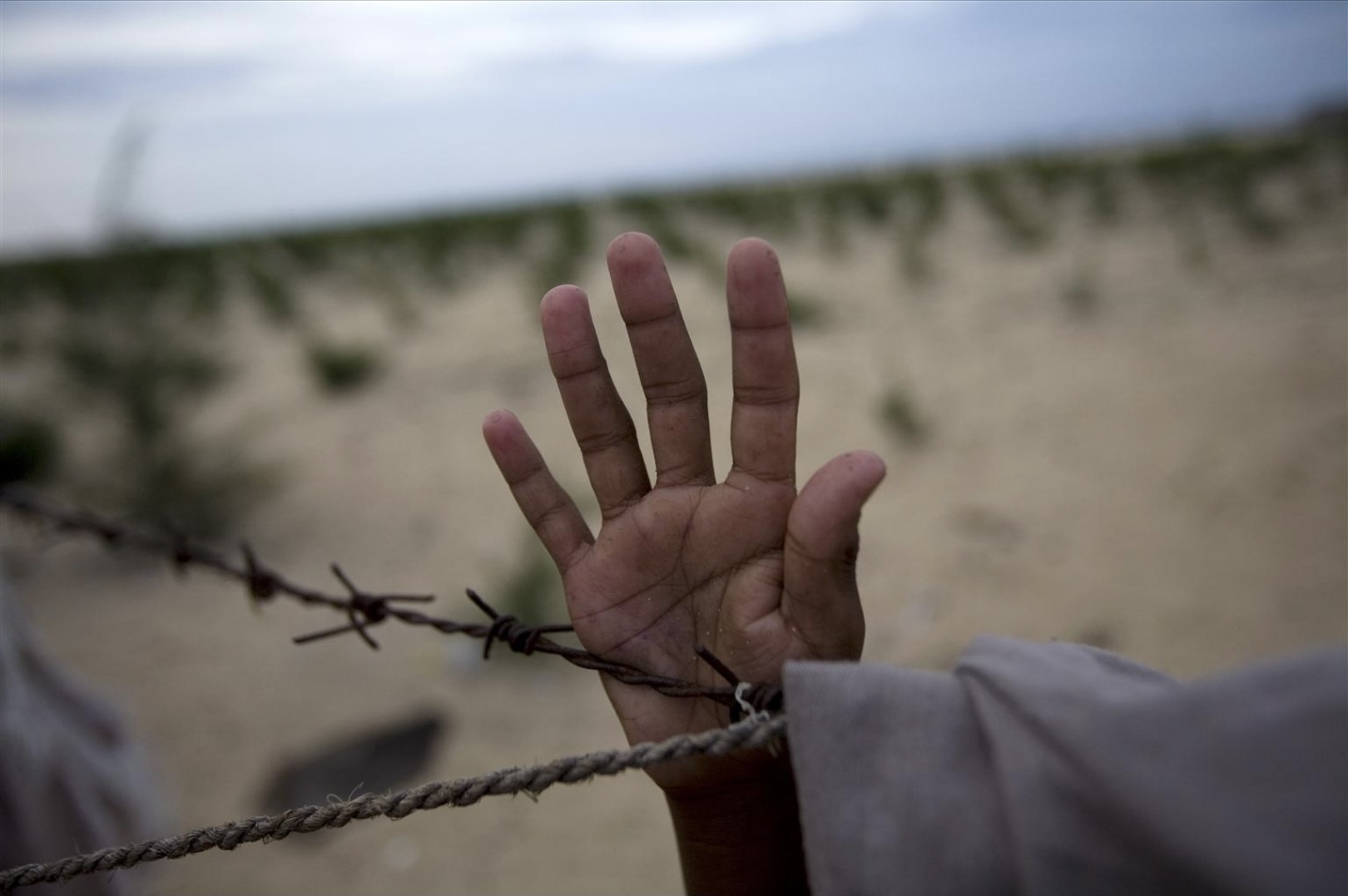
One in every six children live in conflict zones. Each day these children must navigate extreme risks of violence, psychological trauma, abduction, and abuse.
And thousands of these children are caught in the eye of storm each year, recruited and used as soldiers in armed conflicts across the world. Between 2005 and 2020, more than 93,000 children were recruited and used by armed groups. 8,500 of these cases were reported to authorities in 2020 alone, and the actual number of cases is believed to be much higher.
On 12 February, Red Hand Day is catalysing advocacy efforts from around the world to raise awareness about children recruited for armed conflict. Civil society, governments and international organisations are coming together to demand that children not be used in armed groups or other military units and to promote peace, aid and support for child soldiers.
No child should be a soldier in combat
Children in combat is more than just a child holding a weapon. Those recruited are forced into hardorzous child labour, hired as spies or looters, and forced to kill. Recruited children are often taken in by force, abduction, or even compelled by families for income and food.
There is risk of abuse and sexual violence, especially for girls. Trafficking of children, particularly for sexual exploitation which disproportionately affects young girls and women, has been found in all conflict areas across the world.
Since 2002, the UN has instated the Optional Protocol on the Involvement of Children in Armed Conflict in the Convention of the Rights of the Child. Ratified by 172 countries, it states the commitment that children under the age of 18 should not participate in military organisations of any kind and that recruitment for such purposes must be actively prevented. Yet, the UN's 2021 report on Children and Armed Conflict notes that at least 15 countries have cases of recruitment and use of children in settings that need humanitarian assistance.
Protecting children in conflict and humanitarian settings
18 January, 2022 marked the 25th Anniversary of the United Nation's Children and Armed Conflict Mandate. The international community reflected on the progress for conflict-affected children and called for prioritising the mandate to ensure human rights and peace.
Since 2000, around 170,000 children have been released from armed forces. But much is to be done. Virginia Gamba, the Special Representative of the UN Secretary-General for Children and Armed Conflict and Board Member of the End Violence Partnership, shed light on the devastating impact of war on children, and called for increased commitment by all countries and communities to protect the rights of those affected.
Children in humanitarian settings must be protected from recruitment for combat as well as all the forms of violence that arise from and lead to recruitment. Up to 50% of those affected in humanitarian crises are children, and are disproportionately impacted by conflict and crisis.
This Red Hand Day, the End Violence Partnership is calling for governments and humanitarian actors to protect children from violence in humanitarian settings – in conflict zones and beyond, to make sure that all children are safe from the threat of violence. Our leader-endorsed policy proposal calls to prioritise child protection in all humanitarian response plans, and urges governments and donors to ensure funding to meet the escalating protection needs of children in crisis.
Picture credit: © UNICEF/UNI28602/Haviv2007